Utilizing a Prepaid SIM Card in Your Device

Navigation
In today's digital age, connectivity continues to shape our lives significantly. As our need for universal and uninterrupted communication rises, the popularity of prepaid SIM cards has spiked. Let us delve into this world of prepaid SIM cards and the advantages they bring in terms of cost savings, flexibility, and convenience.
What's a Prepaid SIM Card?
A prepaid SIM card is essentially a chip that users insert into their device to access a carrier's cellular network. Unlike postpaid plans, which bill users monthly, prepaid SIM cards are paid in advance, offering users complete control over their spending.
These cards have several benefits:
Cost Control: With a prepaid SIM card, you pay upfront and control how much data or minutes you use.
No Binding Contracts: There's no need to buckle up for long-term agreements with your provider.
Flexibility: Users can switch networks as desired without waiting for contract expiration.
Unlocked vs. Locked Phones
Absolutely, understanding the concept of 'locked' and 'unlocked' phones is crucial when deciding whether to use a prepaid SIM card and which one to use. An 'unlocked' phone provides great compatibility and flexibility for users, allowing them to choose any carrier according to their preferences or changing needs. However, while locked phones can work with prepaid SIM cards, they limit the user to the services of the specific carrier alone.
Addressing this need is the 'Eiotclub Prepaid 4G SIM Card Data', enabling seamless connectivity for your IoT devices. It provides support across multiple carriers, including Verizon, AT&T, and T-Mobile. Given that the Eiotclub card is prepaid, it allows you to make easy choices between these carriers based on current network coverage, pricing, and ongoing deals. For users with unlocked phones, this is particularly convenient as you simply insert the Eiotclub SIM card and seamlessly start the network service for your IoT devices. This dynamism complements the functionality of an unlocked phone perfectly, offering the freedom to leverage shifting deals, network coverage, and prices.
Network Connectivity
The role of a prepaid SIM card in dictating network connectivity is paramount. Upon installation, the SIM card authenticates the user's device with the carrier network, facilitating all mobile communication services, including calls, SMS, and data connectivity.
However, network strength and data speed aren't solely determined by the prepaid SIM card; other factors also play a role. These include the carrier's overall infrastructure and coverage, the location (urban areas typically receive high-speed connectivity compared to remote regions), and the type of connection (2G, 3G, 4G/LTE, or 5G).
SIM Size
There are three SIM card sizes: standard, micro, and nano. The choice of size rests on the type of device in use:
Standard: Used mostly in older smartphones or feature phones.
Micro: Found predominantly in earlier Android or Apple devices.
Nano: The smallest size, commonly used in newer smartphone models.
If you find the need to change sizes, don't panic! SIM card adapters are readily available in most gadget stores. They are an inexpensive solution to make a smaller SIM fit into a larger tray.
Conclusion
To conclude, getting to grips with a prepaid SIM card is beneficial for anyone looking to limit their expenditure, avoid restrictive contracts, and enjoy overall flexibility. Equipping yourself with essential knowledge about mobile devices, particularly on phone locking status, will enable you to capitalize on these benefits extensively. Also, understanding factors influencing network connectivity helps users remain prepared. Finally, knowing the differences between SIM.


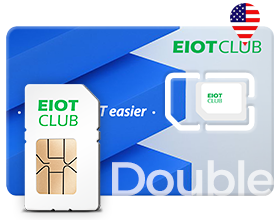
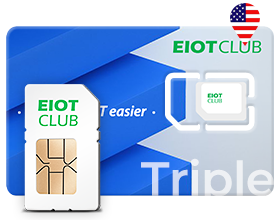
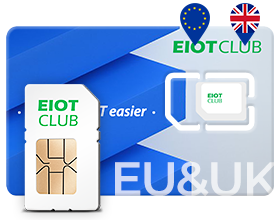
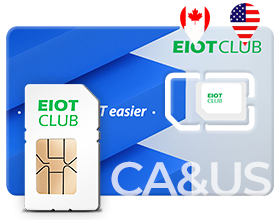
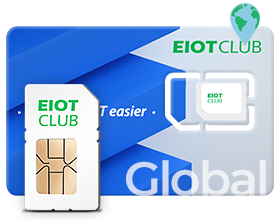
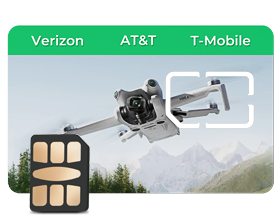
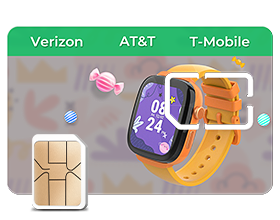
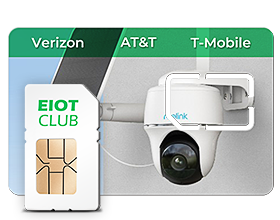
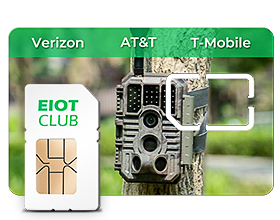
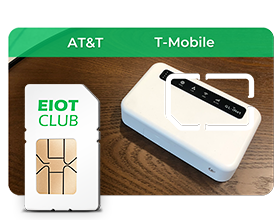
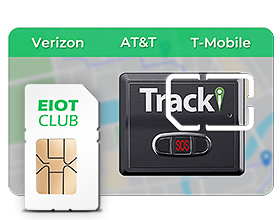
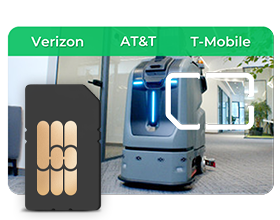
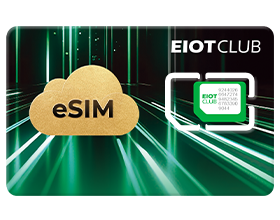
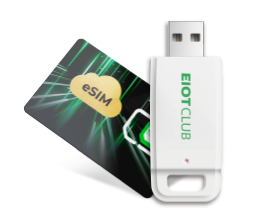









 Black Friday
Black Friday






